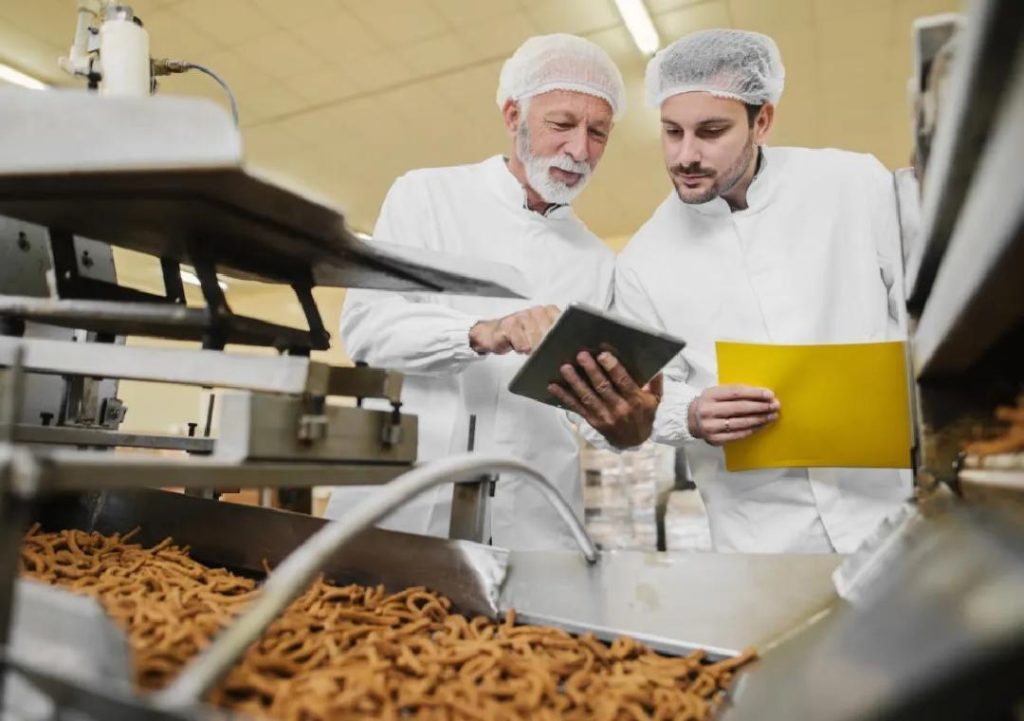
Can P&L Optimisation Redefine Success in Food Technology?
The food technology industry is a dynamic and rapidly evolving sector, with companies constantly seeking ways to improve efficiency, reduce costs, and increase profitability. In recent years, profit and loss (P&L) optimisation has emerged as a key strategy for achieving these goals. By leveraging automation, smart inventory systems, and data analytics, food technology companies are streamlining their P&L operations to cut waste, sharpen demand forecasting, and support better decision-making. In this blog post, we’ll explore the importance of P&L optimisation in the food technology industry and how it can redefine success for businesses in this sector.
The Need for P&L Optimisation in Food Technology
The food technology industry is characterised by high operational costs, complex supply chains, and intense competition. To remain competitive, food technology companies must focus on improving profitability while maintaining quality and reducing waste. P&L optimisation is critical in achieving these goals, as it enables companies to:
- Streamline operations: Automation and smart inventory systems help to reduce manual errors, increase productivity, and improve inventory management. This enables companies to focus on high-value activities and reduce waste.
- Improve demand forecasting: By leveraging data analytics and machine learning algorithms, companies can improve demand forecasting accuracy, reducing inventory waste and optimising production planning.
- Support better decision-making: Data-driven insights enable companies to make informed decisions about pricing, production, and inventory management, leading to improved profitability.
How P&L Optimisation Works in Food Technology
P&L optimisation in food technology involves a combination of automation, smart inventory systems, and data analytics. Here’s a breakdown of how these tools work together to improve profitability:
- Automation: Automation enables companies to streamline their operations, reducing manual errors and increasing productivity. Automated systems can handle tasks such as inventory management, order processing, and supply chain logistics.
- Smart inventory systems: Smart inventory systems use data analytics and machine learning algorithms to predict demand and optimise inventory levels. These systems can identify trends and patterns, enabling companies to adjust their inventory levels accordingly.
- Data analytics: Data analytics provides companies with real-time insights into their operations, enabling them to identify areas for improvement and make data-driven decisions. Data analytics can be used to track key performance indicators (KPIs) such as inventory turnover, production costs, and customer satisfaction.
Benefits of P&L Optimisation in Food Technology
The benefits of P&L optimisation in food technology are numerous, including:
- Improved profitability: By streamlining operations, reducing waste, and improving demand forecasting, companies can increase their margins and improve their bottom line.
- Sustainable growth: P&L optimisation enables companies to scale their operations sustainably, reducing the risk of inventory waste and improving their ability to respond to changing market conditions.
- Increased competitiveness: Companies that optimise their P&L operations can respond quickly to changes in the market, improving their competitiveness and reducing the risk of losing customers to competitors.
- Enhanced customer satisfaction: By improving demand forecasting and inventory management, companies can ensure that customers receive their products on time and in the right quantities, improving customer satisfaction and loyalty.
Case Studies: P&L Optimisation in Food Technology
Several food technology companies have successfully implemented P&L optimisation strategies, achieving significant improvements in profitability and competitiveness. Here are a few case studies:
- Food manufacturer: A food manufacturer implemented an automated inventory system and data analytics platform to improve demand forecasting and reduce inventory waste. The company achieved a 15% reduction in inventory costs and a 10% increase in profitability.
- Food distributor: A food distributor implemented a smart inventory system and automation platform to streamline its operations and improve demand forecasting. The company achieved a 20% reduction in transportation costs and a 12% increase in customer satisfaction.
- Food processing company: A food processing company implemented a data analytics platform to track its KPIs and identify areas for improvement. The company achieved a 10% reduction in production costs and a 15% increase in profitability.
Conclusion
P&L optimisation is a critical strategy for food technology companies seeking to improve profitability, reduce waste, and increase competitiveness. By leveraging automation, smart inventory systems, and data analytics, companies can streamline their operations, improve demand forecasting, and support better decision-making. As the food technology industry continues to evolve, P&L optimisation will play an increasingly important role in defining success for businesses in this sector.
News Source:
https://www.growthjockey.com/blogs/p-and-l-operations-in-food-tech






